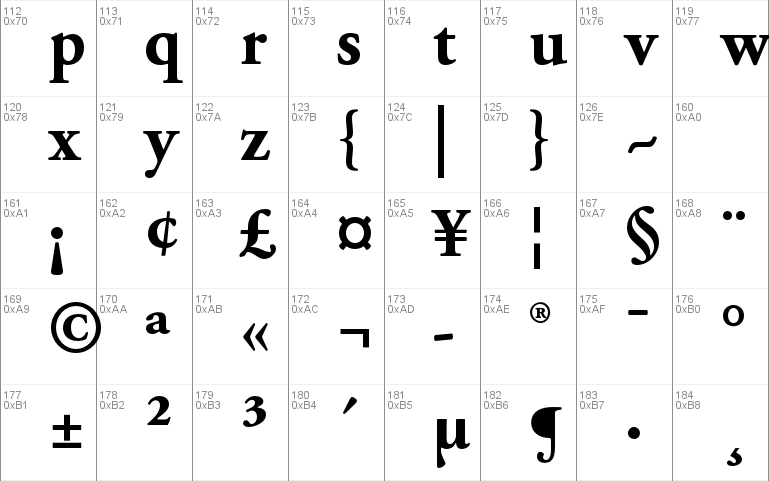
This feature covers the ligatures which the designer/manufacturer judges should be used in normal conditions. The user enters 3/4 in a recipe and gets the threequarters fraction.įunction: Replaces a sequence of glyphs with a single glyph which is preferred for typographic purposes. In the string 11/17 selected by the user, the application turns the 17 into denominators when the user applies the fraction feature.įunction: Replaces figures separated by a slash with 'common' (diagonal) fractions. The dashes, bracketing characters, guillemet quotes and the like shift up to match the capitals, and oldstyle figures change to lining figures.įunction: Replaces selected figures which follow a slash with denominator figures. The user selects a block of text and applies this feature. Also, lining figures are the same height (or close to it) as capitals, and fit much better with all-capital text. Some characters should be shifted vertically to fit the higher visual center of all-capital or lining text. By default, glyphs in a text face are designed to work with lowercase characters. It feels like I'm trying to debug MS's app for them.Function: Shifts various punctuation marks up to a position that works better with all-capital sequences or sets of lining figures also changes oldstyle figures to lining figures. However, I haven't been able to find where that info is being written, if that's what's actually happening.

When quit (or sometime before that) it writes that data to disk, but when it reads that data in subsequently, something goes wrong. If I had to guess, the first time it's run Word reads in all the font data from the system correctly. It also, from the second time on, has a number of font names appearing in all upper case. If I quit and reenter Word, the problem reappears - Adobe Garamond Pro appears only in bold and bold italic.Īnother curious thing: The font menu that appears under Format->Font (rather than the one that appears in the ribbon) shows "Adobe Garamond Pro" as a choice the first time Word is run, but after that shows "Adobe Garamond Pro Bold" instead. In a brand new account, the first time I run Word the fonts are just fine. Has anyone seen a problem like this and found a solution?Įdited to add: This is under macOS 10.15.5.Īdded 8/13/20: I've now tested with a new account, but it's not revealing much, at least to me. I have several files very carefully formatted using Adobe Garamond Pro, so I'm not eager to change the font to something that's working properly, then have to redo the formatting. Other similar fonts work fine, for example, Garamond Premier Pro. I've restored a previous version of Word from Time Machine. I've tried disabling and re-enabling the font. I've tried clearing the system font caches and Word's font cache. The same problem appears with Adobe Caslon Pro. This behavior appeared only recently, as it was noticed first today in a file that uses the font and was last edited without problem on Aug 3. No other app seems to have this problem, and Font Book reports no problems with the font. It's just in the text that it's misbehaving.


It's as if the program can't see the regular (and regular italic) styles, except that Word itself lists all four styles in the font menu and displays the name of the font using the regular variant. I'm having a mysterious problem with Word (version 16.40) and the Adobe Garamond Pro font: Four variants of the font are installed (regular, italic, bold, and bold italic), but if I select regular, Word instead uses bold.


 0 kommentar(er)
0 kommentar(er)
